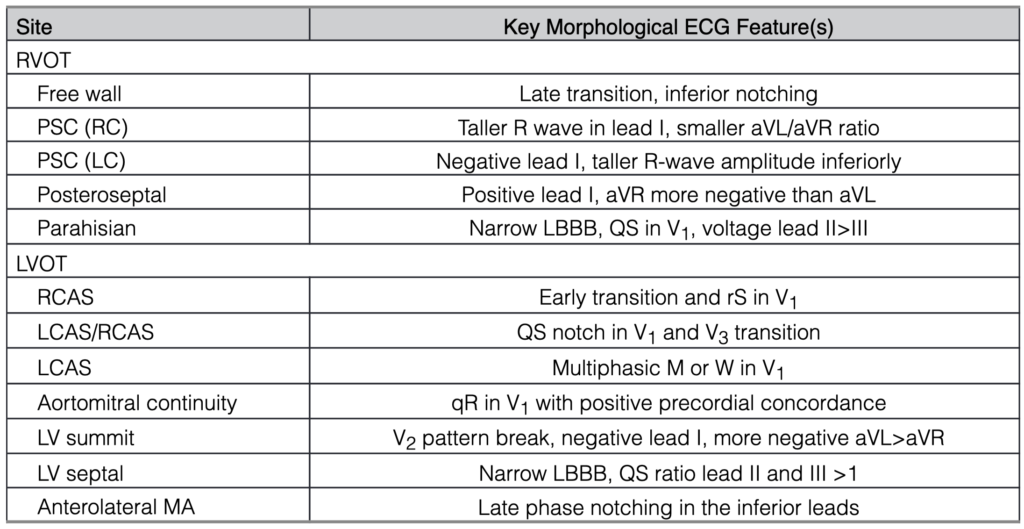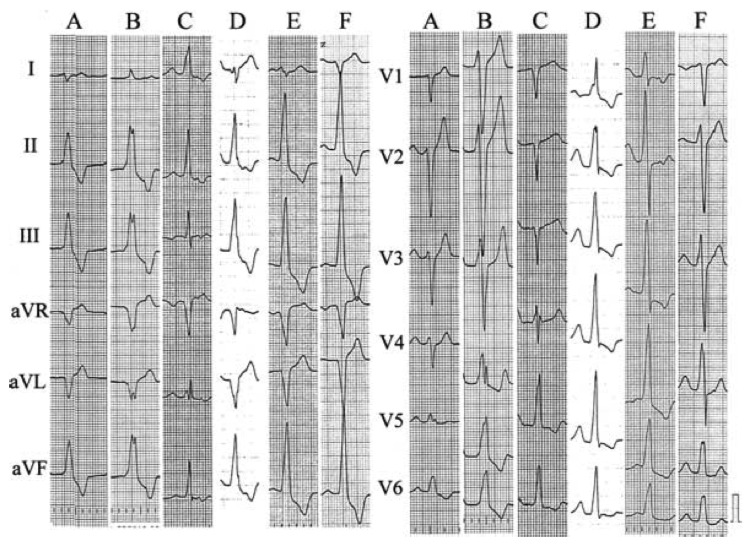流出路起源心室性不整脈(Outflow tract ventricular arrhythmias:OTVA)
流出路起源心室性不整脈(OTVA)は、特発性心室性不整脈の中で最も一般的なタイプです。
OTVAの大部分(70〜80%)は右室流出路から発生し、最も一般的な発生起源です。


各流出路の心室期外収縮の特徴

 期外収縮
期外収縮流出路起源心室性不整脈(OTVA)は、特発性心室性不整脈の中で最も一般的なタイプです。
OTVAの大部分(70〜80%)は右室流出路から発生し、最も一般的な発生起源です。


